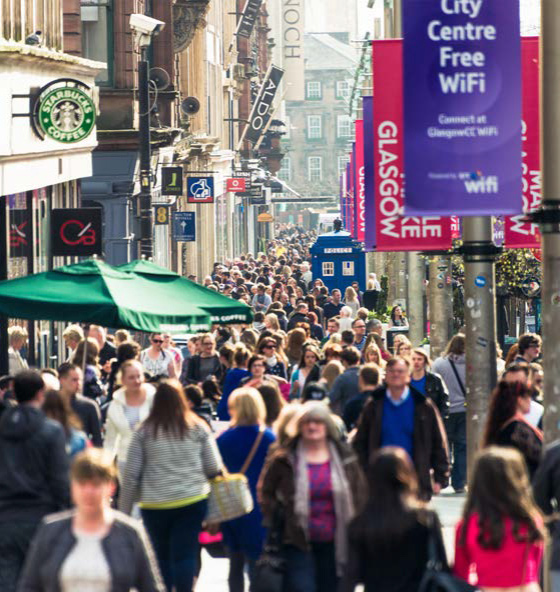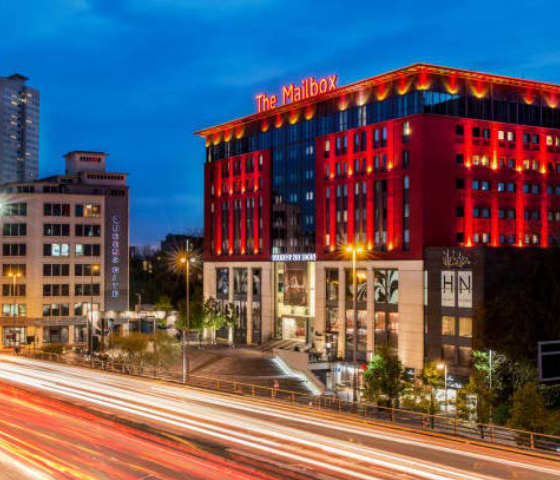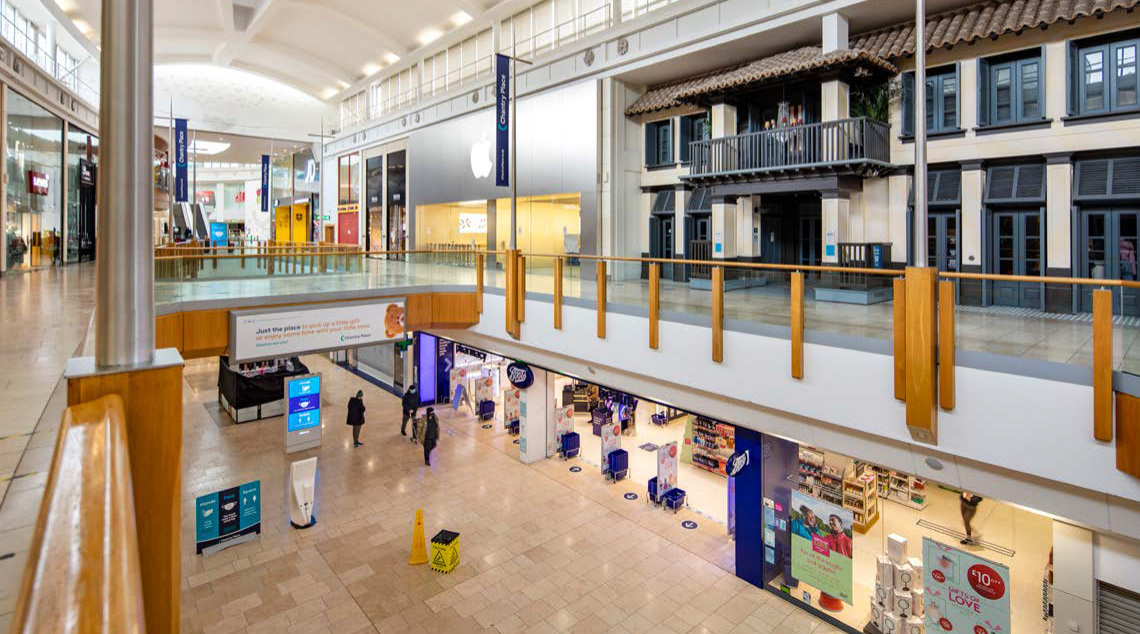THE LOST MIDDLE
According to research from Deepki, 79% of 250 European pension fund managers surveyed expect commercial real estate with good ESG credentials to provide better returns or ‘green value’ over the next five years. However, real estate that falls short will suffer significant value depreciation as a result of ‘brown discounting’. Two thirds of European pension funds believe the impact of brown discounting is set to increase significantly over the next three years.
If past performance is any indicator of the future, their predictions are unsurprising. The study showed that over the past 12 months, 40% of pension funds said they had seen depreciation of 21%-30% due to brown discounting. Furthermore, returns on buildings with poor environmental credentials are restricted by CAPEX requirements,
which investors are increasingly factoring into their cashflows, as changes in legislation are implemented over assumed hold periods.

Essentially the ‘brown discount’ is a direct result of the do-nothing scenario, which is considered to have more severe negative implications for property values than the positive implications of a green premium. The problem is one of inactivity and while this might sound like the result of apathy it could also be because of a lack of opportunity to change.
The ‘lost middle’ has often been used to refer to retail brands that, due to a lack of investment or a distinctive offer, have lost relevance with their customers,
with inevitable consequences. The flurry of compulsory voluntary arrangements (CVAs) in 2018-2020, during which 16,000 shops were impacted, speaks for itself. However, the lost middle is just as relevant a concept for shopping centres and high streets that lack a point of difference and, therefore, struggle to compete with ecommerce or a congested retail presence.
Nationally, much of the most challenged retail stock, and those with the highest occupational voids, is in the ‘lost middle’ category; either isolated schemes or marginalised high streets at the periphery of town centres. The investment values of these assets will remain challenged, but given that there is a correlation between the best occupationally performing stock and the level of additional funding available, it’s hard to see how some of these places will adapt without major investment.
“The cost of inactivity seems clear; if bringing down emissions and aligning with ESG principals is not part of the strategy there is an elevated risk that the market will punish the worst assets and devaluation will occur.”
Who’ll upgrade the poorest quality stock- either occupationally or environmentally- given either a lack of funding or, more often, viability? Given the potential for heavy brown discounting, or indeed the MEES EPC regulations, will some of these properties retain any value at all? The impact of a non-compliant EPC could have a significant impact on yield, values and lettability, as many of the costs required to enhance ESG credentials remain unknown.
The brown discount can’t be disaggregated from lower occupational value; the two are invariably entwined. Occupation brings investment and investment (theoretically) improves occupation.
But, hope is not lost! There’s an alternative future and one that we’ve been commentating for a while now. Where there is no longer, occupational demand for the retail that’s in situ, there is an opportunity to adapt through repurposing. Active repurposing provides an opportunity to improve the green credentials of a building and, thereby, improve its investment credentials.
ESG LED REPURPOSING
Where does this sit with the wider repurposing agenda and what will we see in the next decade?
Repurposing/regeneration on a large scale may prove the only solution for a sizeable proportion of lower quality stock. But, where ownership is out of the control of major landlords, repurposing will rapidly become a local authority issue, with the latter’s ownership or partnership instrumental.
ESG will provide the carrot for institutionally-funded assets, but other ownerships may need more of a policy stick or financial support. Access to debt will play an important role with lenders increasingly seeking green credentials and planning authorities stipulating more sustainability requirements.
A further challenge to the market might be the inevitable rise of embodied carbon measurement and costing. Over the next decade it will become harder for developers to justify demolition and new construction, both in terms of their own ESG commitments, and through new planning policy. However, until an industry standard measure for the amortisation of embodied carbon has emerged, it will be equally hard for investors to justify holding older stock instead of redeveloping it.
This is partly driven by the building age of many shopping centres and the range of differing brands and stakeholders that underpin the shopping offer. This further reinforces the requirement for a long-term environmental strategy, being created by a pro-active asset management role, to create wise investment decisions that can challenge and lead to improved retail values.
LEADING THE WAY
So, can we directly and definitively prove the ‘green premium’? In such an occupationally demanding market, not yet. On the other hand, the cost of inactivity seems clear. If bringing down emissions and aligning with ESG principals is not part of the strategy there is, if nothing else, an elevated risk that the market will punish the worst assets and devaluation will occur.
Fortunately, however, we’re pleased to see that more and more of the schemes we deal with have a green edge or are undergoing ESG initiatives that will improve the grade of the stock. For the best examples, as ever, this will produce an investment premium.







